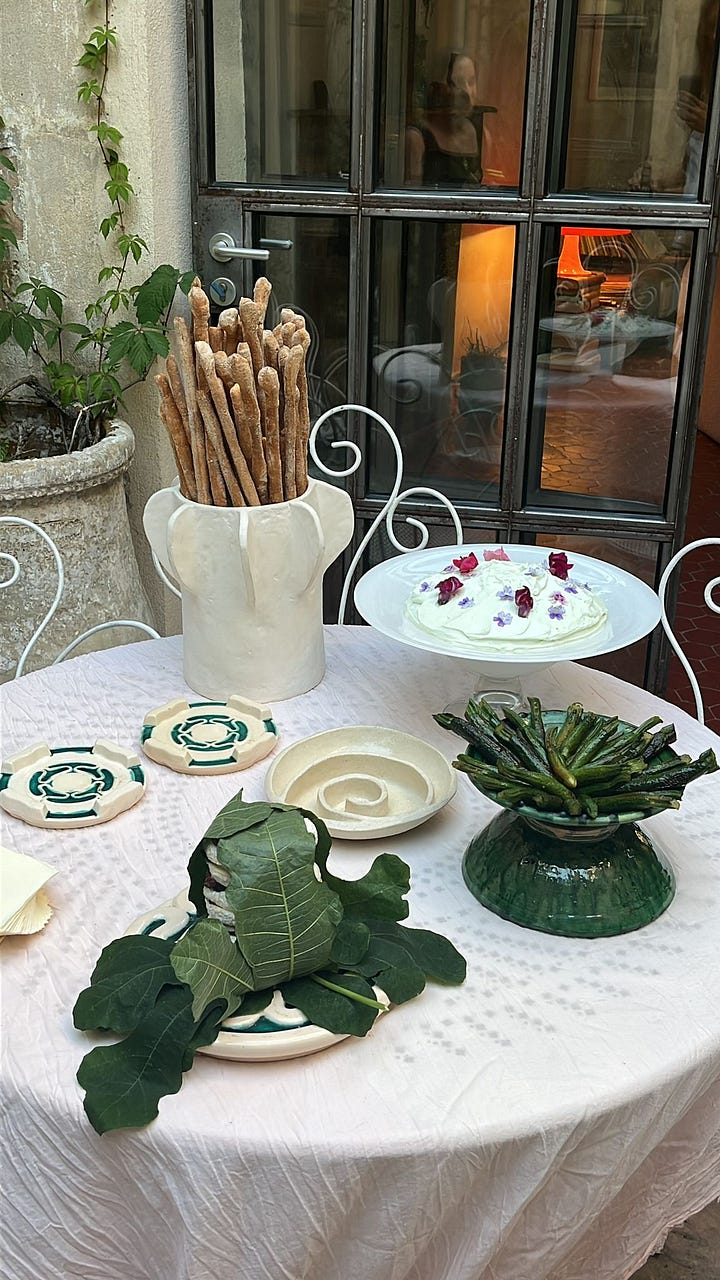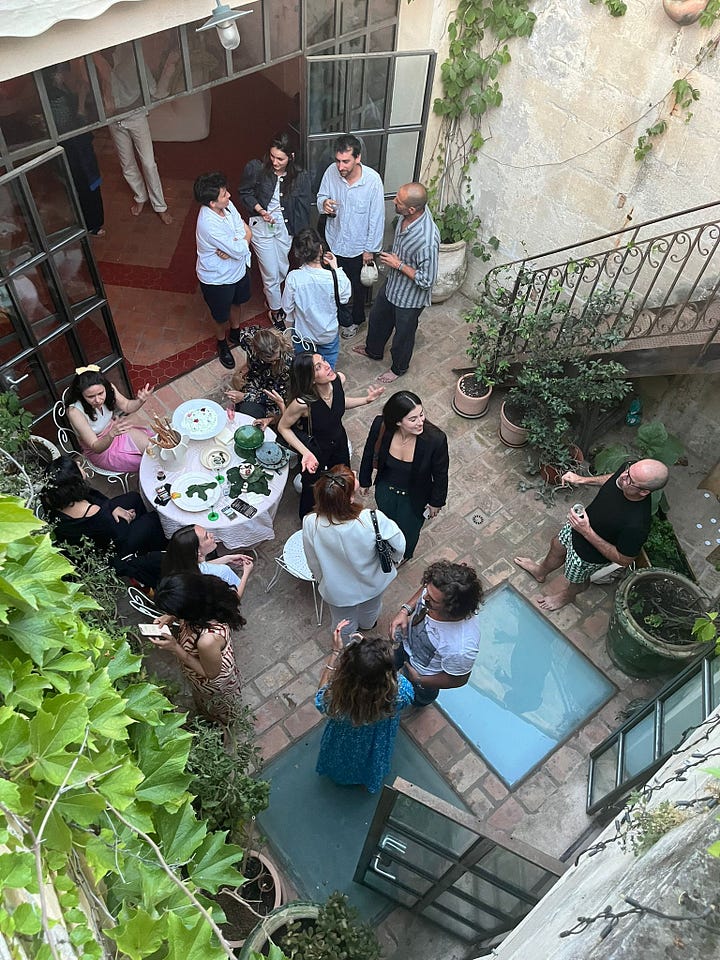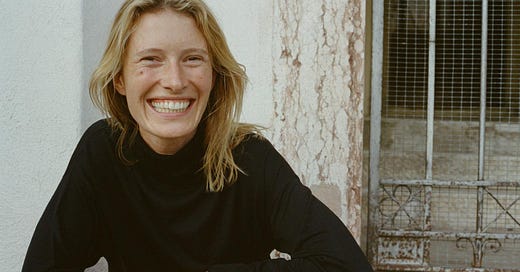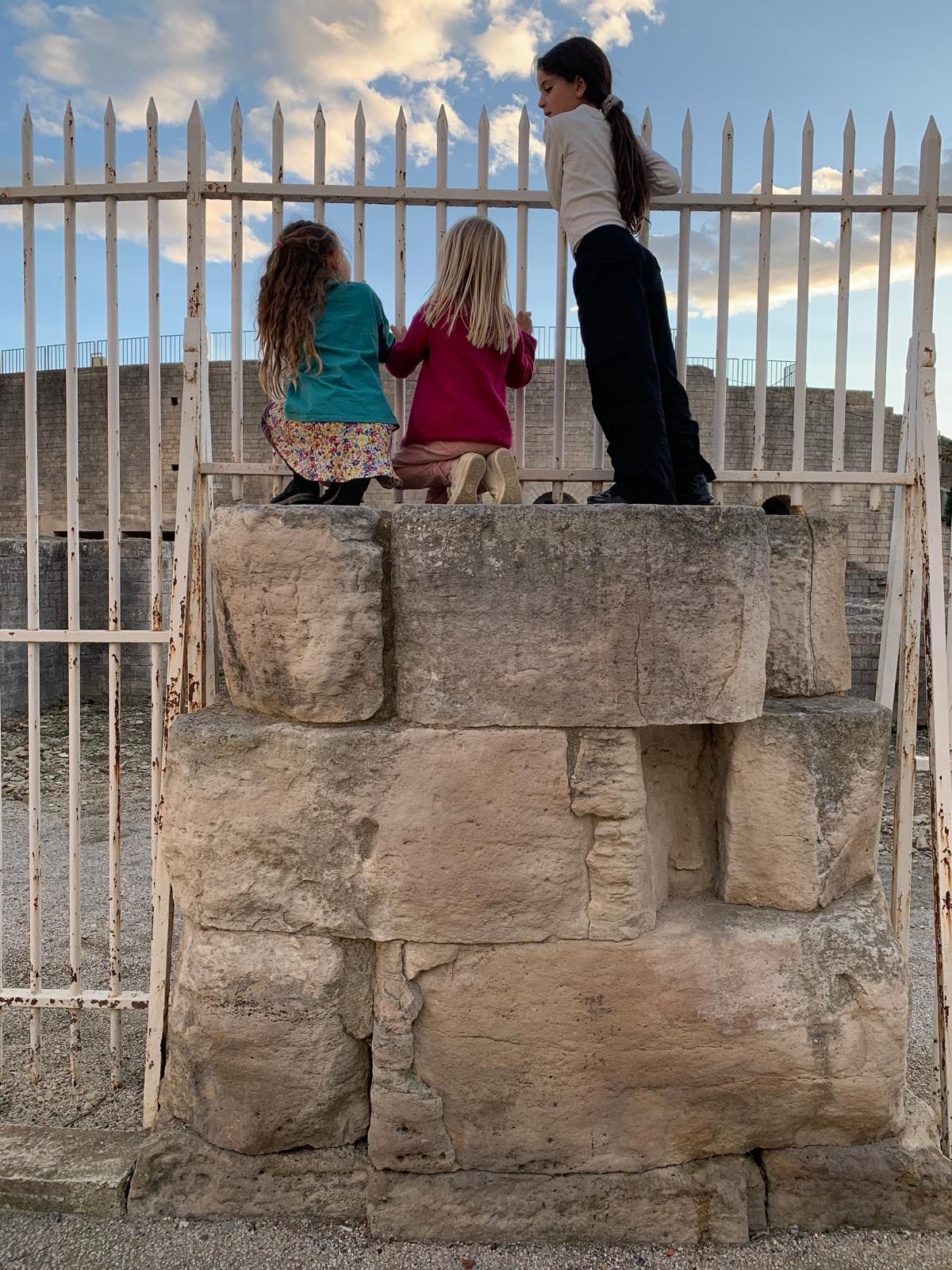Creative Ways of Living: Sophie Strobele
A model, art director, and founder of Casa Carlotta, a space dedicated to inspiration, reflection, and community, where creativity can flourish without the pressures of productivity
Welcome to this week’s edition of Creative Ways of Living, where we’re widening your aperture around more creative (and gratifying!) ways of working and living, ways that allow us to build our identities around all of the vibrant — and varied — different parts of ourselves.
Sophie Strobele is a model, art director, and the founder of Casa Carlotta, a non-productive residency space in the North of Italy (which happens to be where we hosted our first Out of Office Residency earlier this fall). In our conversation with Sophie, we talk about how non-productive spaces give us permission to find clarity, embracing life’s seasons, following her artist grandmother’s path toward a more free-spirited, community-oriented existence, and what it means to truly “make a living.”
It’s a long one, full of beautiful reflections. We hope you’ll enjoy.
What does life look like for you these days? How do you fill your days?
At this point in my life, I’ve adopted a seasonal approach to how I live, rather than deciding exactly what every day or month should look like. I’ve learned to accept the ebb and flow, recognizing when I feel more introverted or tired, when I want to tap into creativity or focus on more resourcing and healing activities, rather than being overly social or collaborative.
I don’t judge these phases; I try to honor them. I listen to my body and mind to understand what feels right and where I can dive deepest. I don’t want to call it “efficiency,” but more about being fully immersed in what feels good at the time. I have to admit, though: I’m terrible at routines. I think it's different for everyone, and my career in fashion, with all the travel, has made it hard for me to stick to one. Every day is different, and I’ve learned to appreciate the freedom that brings.


I do have a loose framework of things I enjoy doing. I have a small catalog of interests and activities that I focus on, but I pick and choose depending on the day. Recently, I’ve been experimenting with starting my mornings with movement — like Gaga dance, which is all about finding joy in movement without rigid technique. It’s been energizing. Or sometimes, it’s as simple as taking a walk outdoors. I’ve found that whenever I’m stuck, being in nature really helps to clear my mind.
My life is hard to pin down, but that’s part of its beauty. Some days, I’ll have 11 meetings and I’m fully energized, thriving on connection and interaction. Other days, I take my time, not starting anything before midday, and I might work late into the night. This flexibility — tuning into my natural rhythm — has been really beneficial.
And I do have a family, so a big part of my day is also devoted to family. I try to give that the space it deserves. One of the things our society often demands is having kids and a family… but also being overly productive at the same time. And not really being there for kids, our partners or ourselves. For me, nurturing my daughter, my partner, and the home we’ve created is so important. I’ve found joy in being offline and fully in the moment, something my daughter has really helped me remember. She’s a constant reminder that life happens now, not later. She sometimes says, “Mom, be in the now, it’s now.”
Tell us about the path that has led you to the life you live today?





